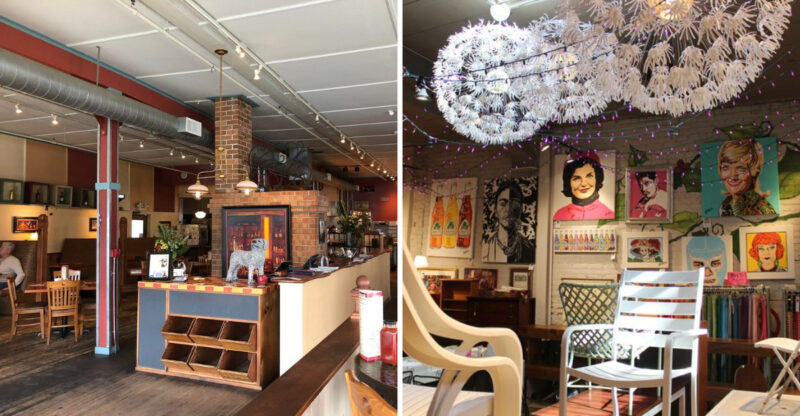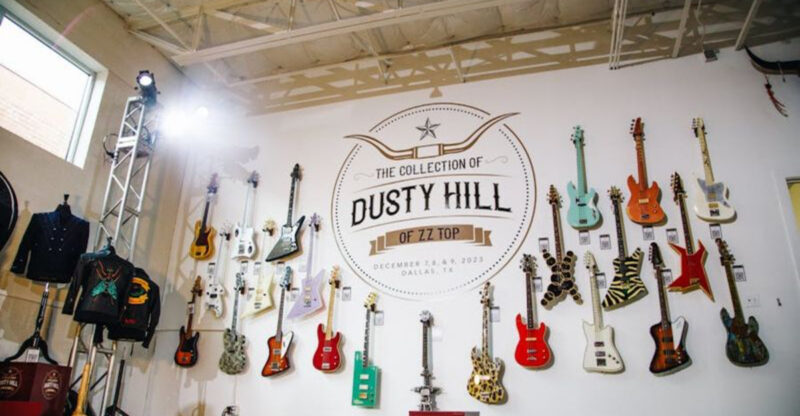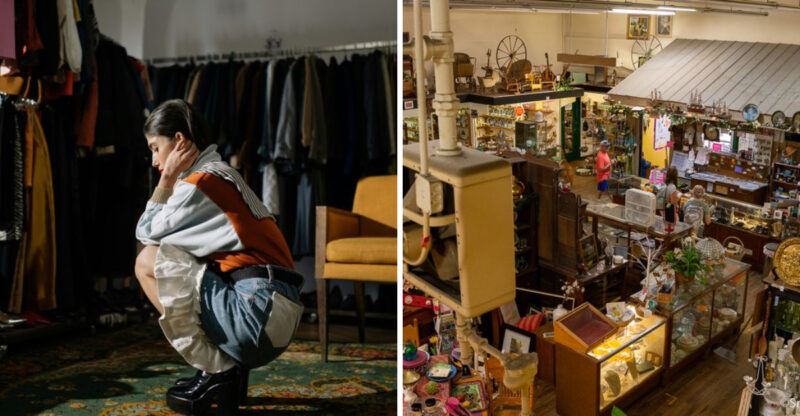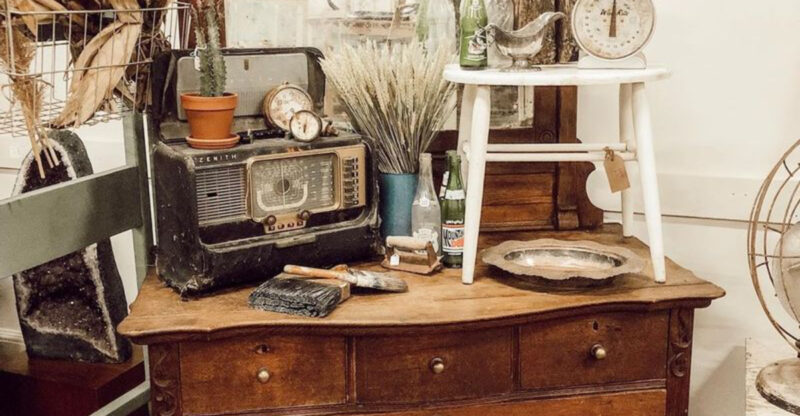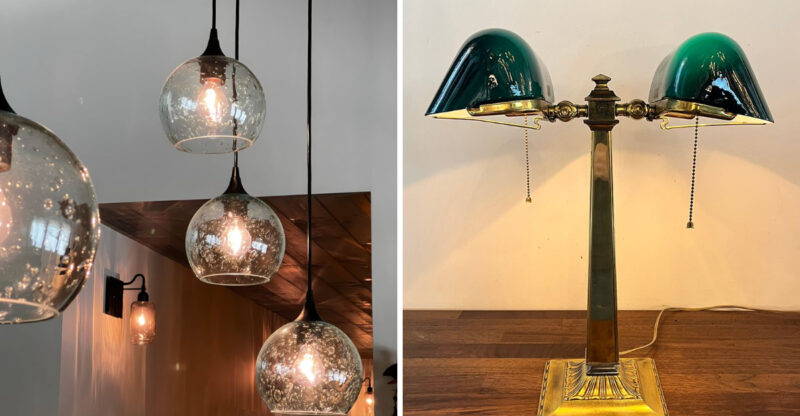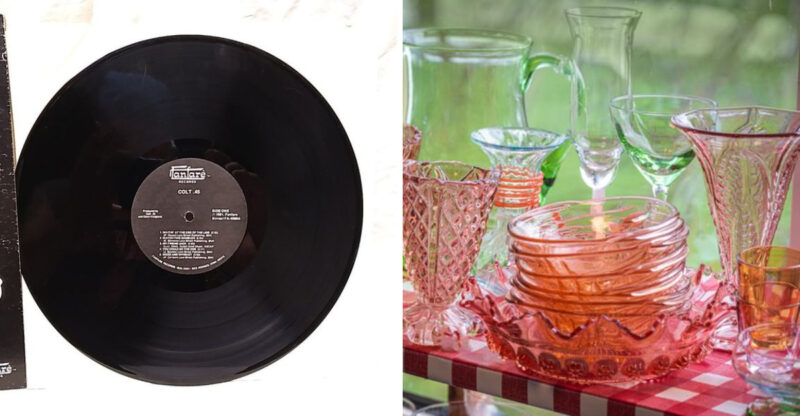5 Collectibles That Are Now Worth A Fortune And 8 More Rapidly Losing Value
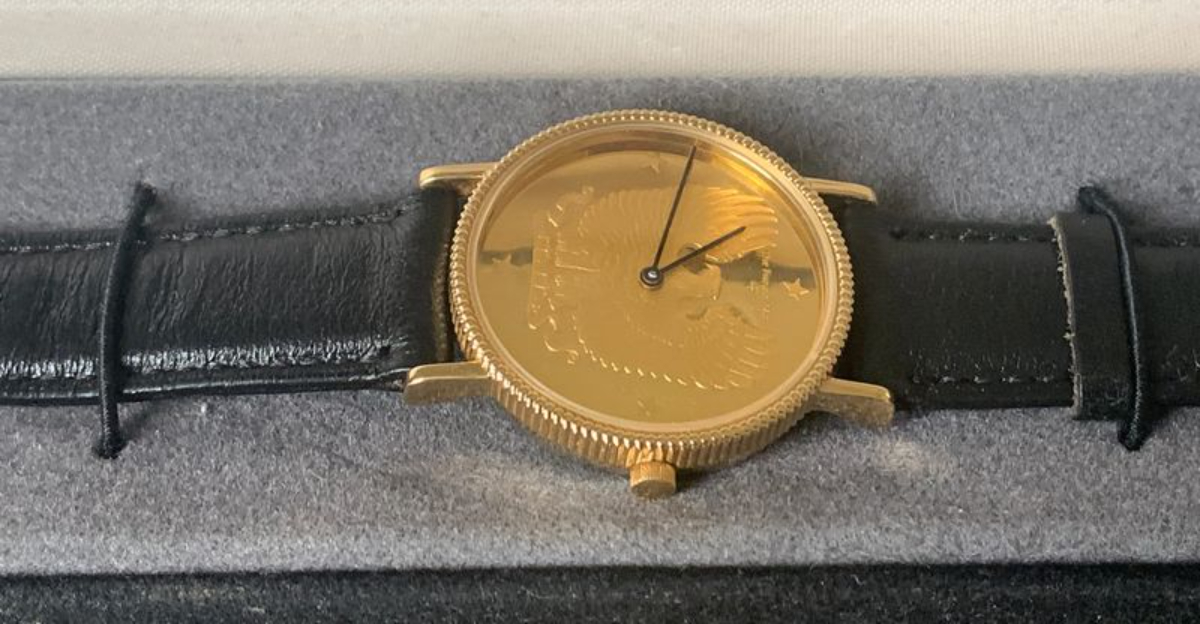
The collectibles market is a strange mix of nostalgia, timing, and pure luck. One moment, a dusty item in the attic is just clutter – the next, it’s commanding thousands at auction. Meanwhile, once-hyped “investments” gather dust on shelves with price tags no one’s paying.
In a space where trends shift fast and sentiment doesn’t always equal value, knowing what’s rising and what’s crashing is key to making smart moves – and avoiding costly mistakes.
1. First-Edition Books
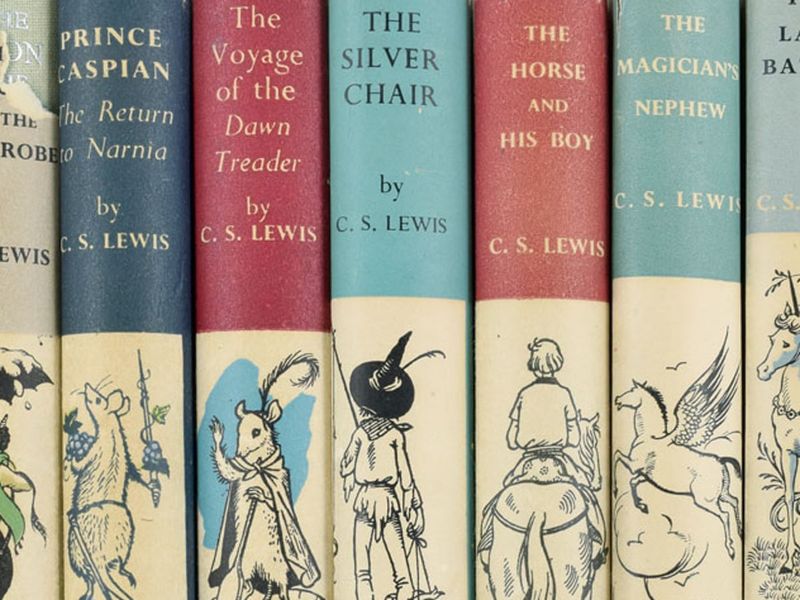
Literary treasures from renowned authors can fetch astronomical prices at auction. Original printings of classics like “The Great Gatsby” or Harry Potter’s debut can command six-figure sums.
Condition matters tremendously – books with intact dust jackets, author signatures, and minimal wear see the highest returns. Smart collectors focus on landmark works from celebrated writers rather than mass-market bestsellers.
2. Rare Vinyl Records
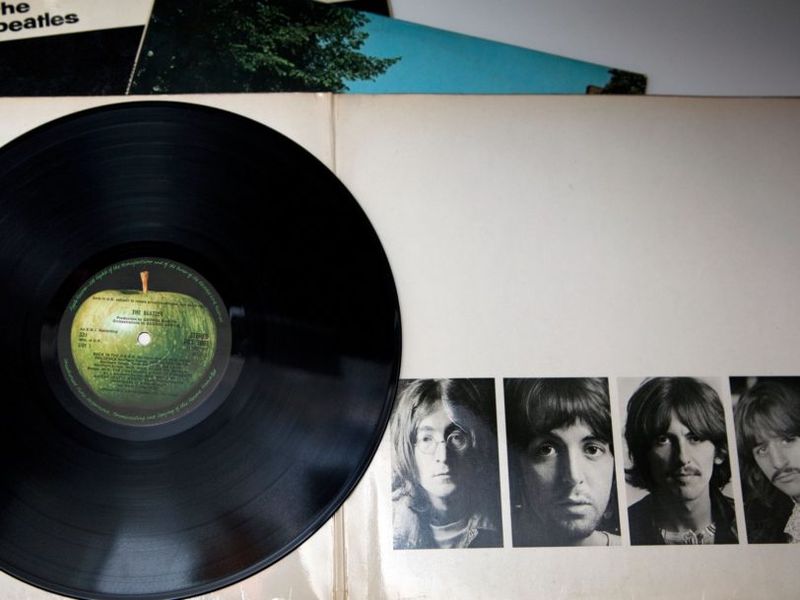
Original pressings from legendary musicians can command jaw-dropping prices. The Beatles’ “White Album” numbered below 10,000 or Elvis Presley’s first recordings regularly sell for thousands.
Factors affecting value include limited pressing numbers, manufacturing errors, and artist significance. Serious collectors seek mint-condition albums with original sleeves, inserts, and promotional materials that complete the package.
3. Early Comic Books (Golden And Silver Age)
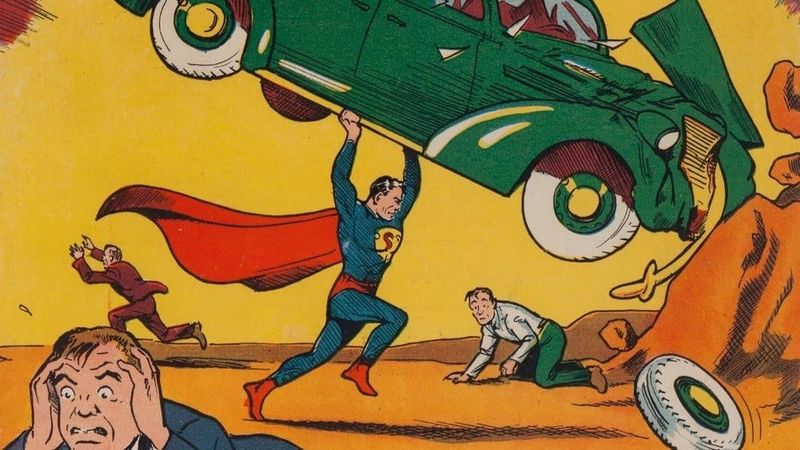
Superhero debuts from the 1930s-60s represent some of collecting’s biggest success stories. Action Comics #1 featuring Superman’s first appearance sold for over $3 million!
Golden Age (1938-1956) and Silver Age (1956-1970) comics featuring iconic character introductions command premium prices. Preservation quality, measured on the CGC scale, dramatically impacts value – near-mint copies can be worth 100x more than worn copies.
4. Original Movie Posters
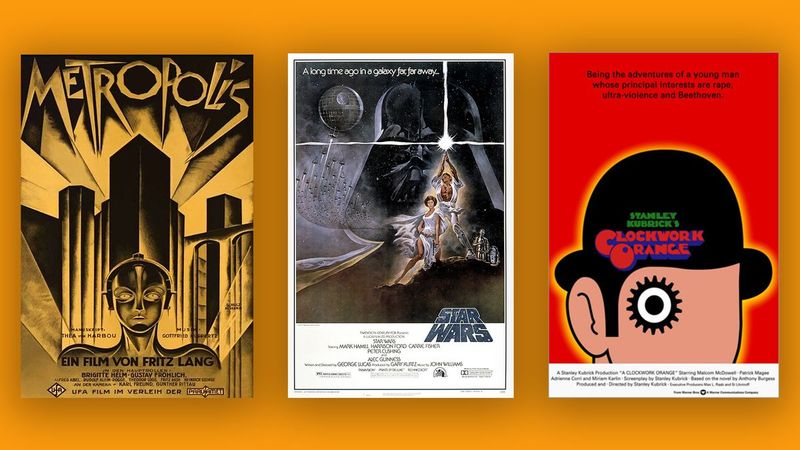
Authentic promotional materials from cinema’s golden age represent tremendous value growth. Posters for classics like “Metropolis” (1927) or “Dracula” (1931) command six-figure sums at specialized auctions.
Size, printing method, and condition dramatically impact worth. Original theatrical release posters (not reproductions) from landmark films or featuring iconic artwork have consistently appreciated. Horror, science fiction, and early Disney animations rank among the most valuable categories.
5. Vintage Pokémon Cards
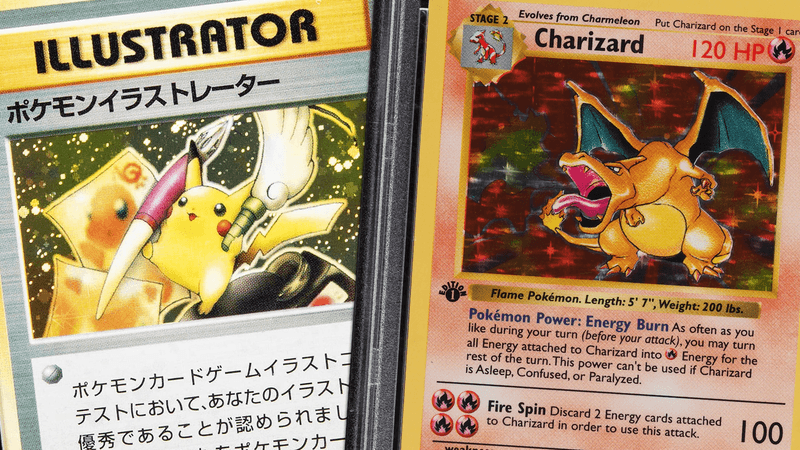
Early Japanese and first-edition English cards from the 1990s have exploded in value. A pristine first-edition Charizard can sell for over $300,000 – an astronomical return on a card originally worth pennies!
Holographic cards, error printings, and tournament prizes command the highest prices. Professional grading through PSA or Beckett dramatically impacts value, with perfect-condition specimens fetching exponentially more than even slightly damaged examples.
6. Beanie Babies
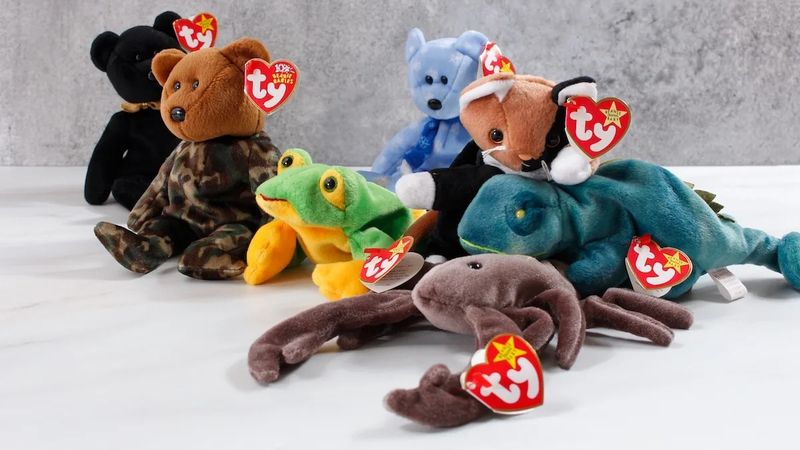
Once fueling a collecting frenzy that saw some examples sell for thousands, these plush toys epitomize the dangers of speculation. Despite wild predictions of ever-increasing values, most Beanie Babies now sell for mere dollars.
Even rare variants like the Princess Diana memorial bear fetch only a fraction of their peak prices. The market collapse serves as a cautionary tale about investing in mass-produced items marketed as “limited editions” without genuine scarcity or lasting cultural significance.
7. Mass-Produced Collector Plates
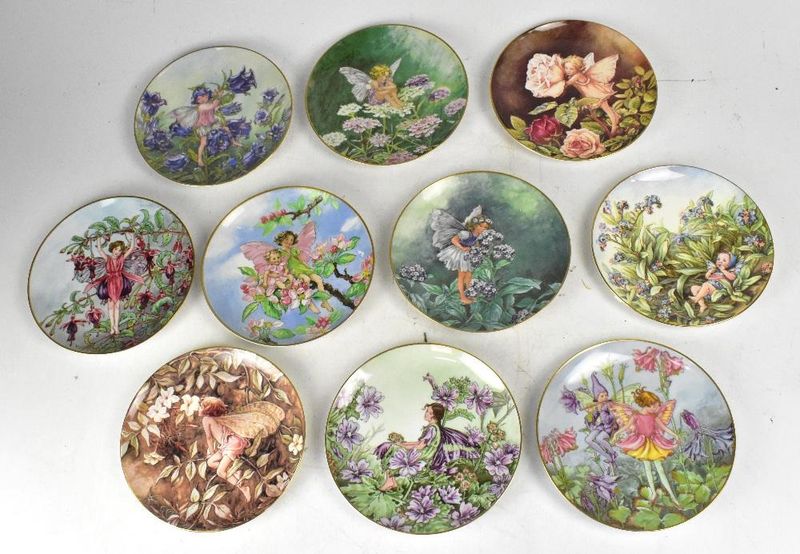
Decorative plates featuring everything from Norman Rockwell scenes to Elvis portraits were heavily marketed as investments during the 1970s-90s. Manufacturers issued “certificates of authenticity” and limited edition claims to create artificial scarcity.
Reality proved harsh – most plates now sell for 80-90% below their original purchase price. Secondary markets are flooded with unwanted inventory as original buyers attempt to recoup investments, further depressing values in a downward spiral.
8. Franklin Mint Memorabilia
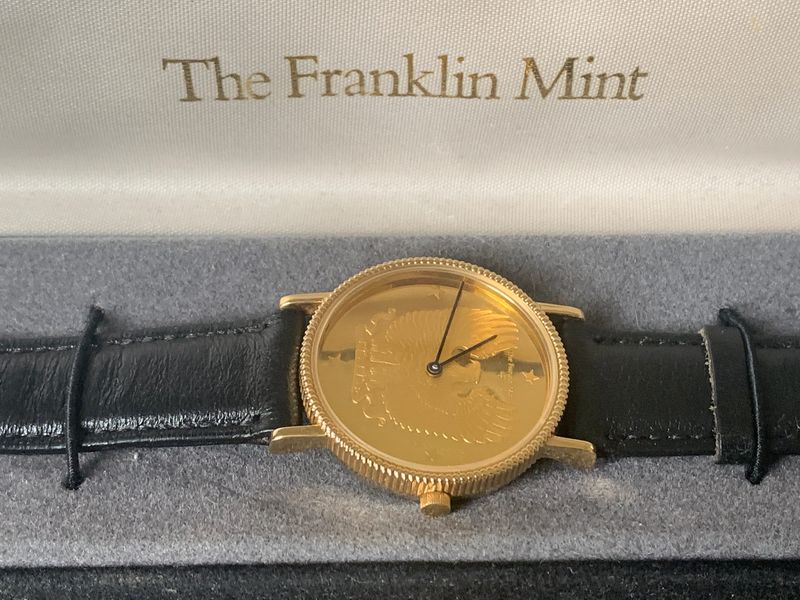
Heavily advertised collectibles from this company – including coins, die-cast cars, and figurines – promised appreciation potential through limited production runs and precious metal content. Marketing campaigns targeted non-collectors with investment-focused language.
Decades later, most pieces sell for pennies on the dollar compared to original prices. Even items containing silver or gold typically command little premium beyond their melt value. The secondary market remains glutted with unwanted pieces as original buyers discover the hollow promises.
9. Hummel Figurines
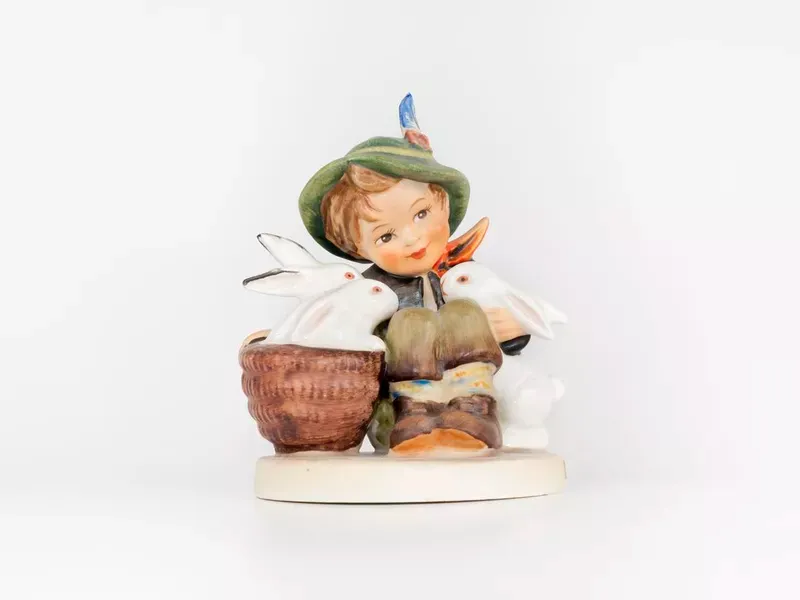
These German-made ceramic children figurines once dominated curio cabinets across America. Older generations eagerly collected them, driving prices upward through the 1980s.
Market interest has plummeted as younger collectors show minimal interest in these traditional pieces. Many figurines now sell for 70-80% below their peak values. Only the rarest early productions from the 1930s maintain significant value, while common examples languish unsold at estate sales.
10. Tyco Electric Trains
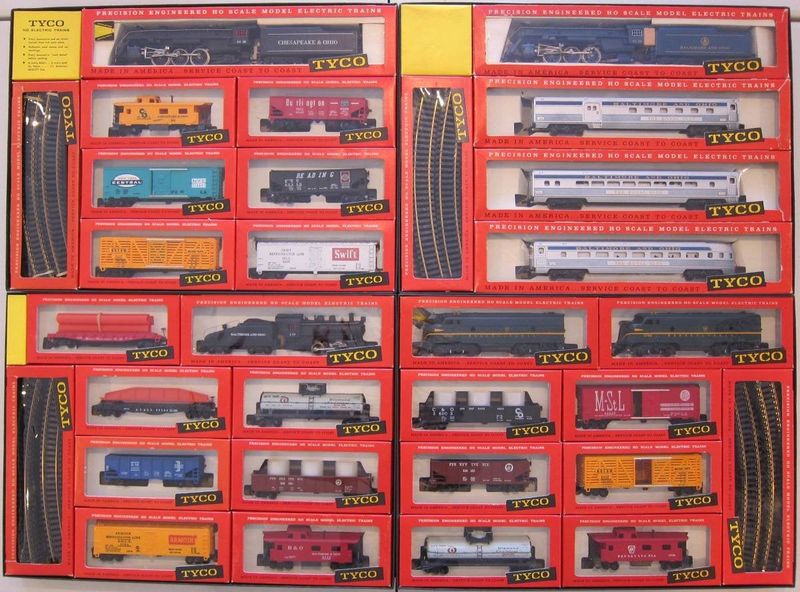
Mass-market electric train sets from this manufacturer flooded homes throughout the 1970s-90s. Unlike premium brands like Lionel and Märklin, Tyco focused on affordable plastic models for casual enthusiasts.
These sets have failed to appreciate meaningfully. Most complete Tyco sets in excellent condition sell for roughly their original retail price without accounting for inflation – representing a significant loss in real terms. Serious train collectors generally focus on higher-quality manufacturers with metal components and greater detail.
11. Precious Moments Figurines
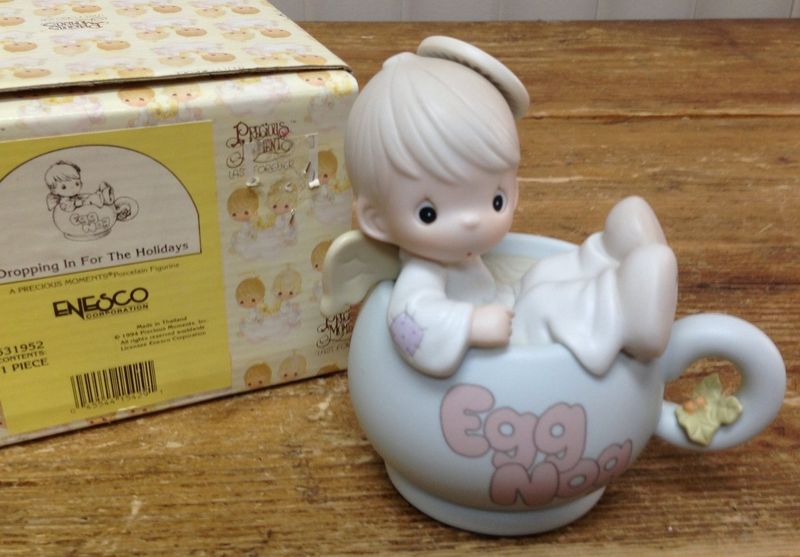
Characterized by their teardrop-eyed children, these porcelain figurines were marketing masterpieces that created collecting communities nationwide. The manufacturer encouraged systematic collecting through member clubs and special editions.
Current market values reflect dramatically reduced demand. Most pieces sell for 60-90% below original retail prices as younger generations show minimal interest. Only the earliest “Original 21” figurines and certain discontinued pieces maintain modest collector interest.
12. 1980s-90s Sports Cards (Non-Rare)
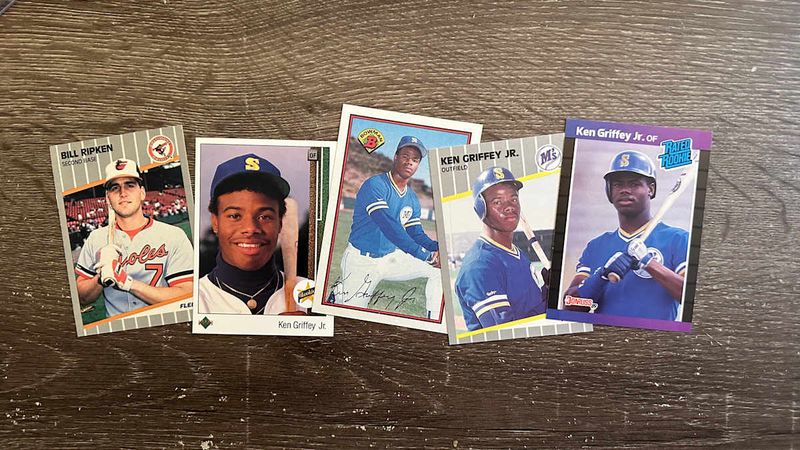
Card manufacturers dramatically overproduced during this era, printing millions of each card to meet exploding demand. Companies like Topps, Fleer, Upper Deck, and Score flooded the market with virtually identical products.
Basic cards from stars like Michael Jordan or Ken Griffey Jr. sell for fractions of their peak values. Even complete sets from these decades typically fetch less than their original purchase price. The overproduction created such massive supply that even decades of time cannot create meaningful scarcity.
13. Longaberger Baskets

Hand-woven maple wood baskets from this Ohio company sparked collecting frenzies throughout the 1990s. Devoted fans attended parties similar to Tupperware gatherings, purchasing baskets at premium prices with promises of future appreciation.
The secondary market tells a different story today. Most baskets sell for 50-80% below their original prices despite excellent condition. The company’s 2018 bankruptcy further dampened collector enthusiasm. Only certain rare commemorative editions maintain value in a drastically diminished market.

